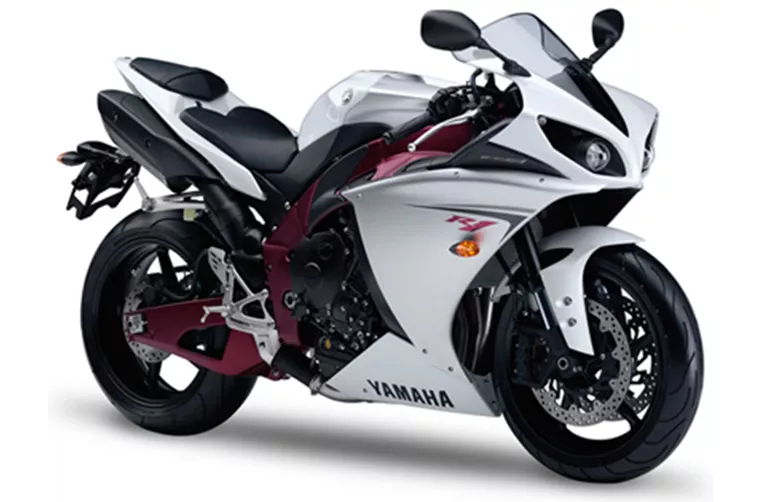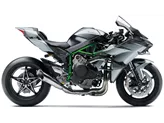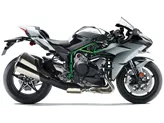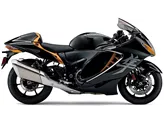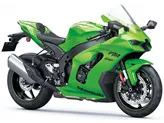Yamaha R1 2009 vs. Kawasaki Ninja H2 R 2015

Yamaha R1 2009

Kawasaki Ninja H2 R 2015
Overview - Yamaha R1 2009 vs Kawasaki Ninja H2 R 2015
The Yamaha R1 model year 2009 and the Kawasaki Ninja H2 R model year 2015 are both powerful supersport motorcycles with impressive specifications. The Yamaha R1 2009 is equipped with an in-line engine, while the Kawasaki Ninja H2 R 2015 also features an in-line engine.
In terms of engine specifications, the Yamaha R1 2009 has a bore of 78 mm and a stroke of 52.2 mm, producing an engine power of 182 HP and a torque of 115.5 Nm. It has a compression ratio of 12.7 and is equipped with 4 cylinders and DOHC valves. On the other hand, the Kawasaki Ninja H2 R 2015 has a bore of 76 mm and a stroke of 55 mm, generating an engine power of 310 HP and a torque of 165 Nm. It has a compression ratio of 8.3 and also features 4 cylinders and DOHC valves. Both motorcycles have a displacement of 998 ccm.
In terms of suspension, both motorcycles have a telescopic fork for the front suspension. However, the Yamaha R1 2009 has a swing arm for the rear suspension, while the Kawasaki Ninja H2 R 2015 features a single swing arm.

Yamaha R1 2009
In terms of chassis, the Yamaha R1 2009 has an aluminum frame, specifically a Deltabox frame. On the other hand, the Kawasaki Ninja H2 R 2015 has a steel frame, specifically a tubular frame.
In terms of brakes, both motorcycles have double disk brakes for the front.
In terms of dimensions and weights, both motorcycles have a front tire diameter of 17 inches and a rear tire diameter of 17 inches. The Yamaha R1 2009 has a wheelbase of 1415 mm, a seat height of 835 mm, and a fuel tank capacity of 18 liters. On the other hand, the Kawasaki Ninja H2 R 2015 has a slightly longer wheelbase of 1450 mm, a slightly lower seat height of 830 mm, and a slightly smaller fuel tank capacity of 17 liters.

Kawasaki Ninja H2 R 2015
Now, let's discuss the strengths and weaknesses of each motorcycle. The Yamaha R1 2009 is praised for its sophisticated sound, good feeling for power delivery, and easy handling. It also has a hydraulic spring preload and a high level of workmanship. However, it has been noted that the seating position is suboptimal and it can be somewhat difficult to corner over long distances.
On the other hand, the Kawasaki Ninja H2 R 2015 is praised for its quality of workmanship, power, torque, and traction. It is also noted for its surprisingly low maintenance requirements in the 300 hp league. The acceleration of the Kawasaki Ninja H2 R is described as being "as if from another star." The engine control is generally very good, and the motorcycle features high-quality details in all corners. Despite its over 300 hp, it still maintains the highest quality standards from series production. It also has superb paintwork, excellent brakes, and great stability in every situation. However, it has been noted that the engine response at the first few degrees of throttle can be a weakness. The Kawasaki Ninja H2 R also has understeer at high speeds and requires higher maintenance than normal bikes. Additionally, the sound of the Kawasaki Ninja H2 R is described as infernal, which can either be loved or cause problems on race tracks.
In conclusion, both the Yamaha R1 2009 and the Kawasaki Ninja H2 R 2015 are powerful supersport motorcycles with their own strengths and weaknesses. The Yamaha R1 2009 offers a sophisticated sound, good power delivery, and easy handling, while the Kawasaki Ninja H2 R 2015 boasts quality workmanship, exceptional power and torque, and surprisingly low maintenance requirements. Ultimately, the choice between the two will depend on the rider's preferences and priorities.
Technical Specifications Yamaha R1 2009 compared to Kawasaki Ninja H2 R 2015
Pros and Cons in comparison
Pros and Cons in comparison
Yamaha R1 2009
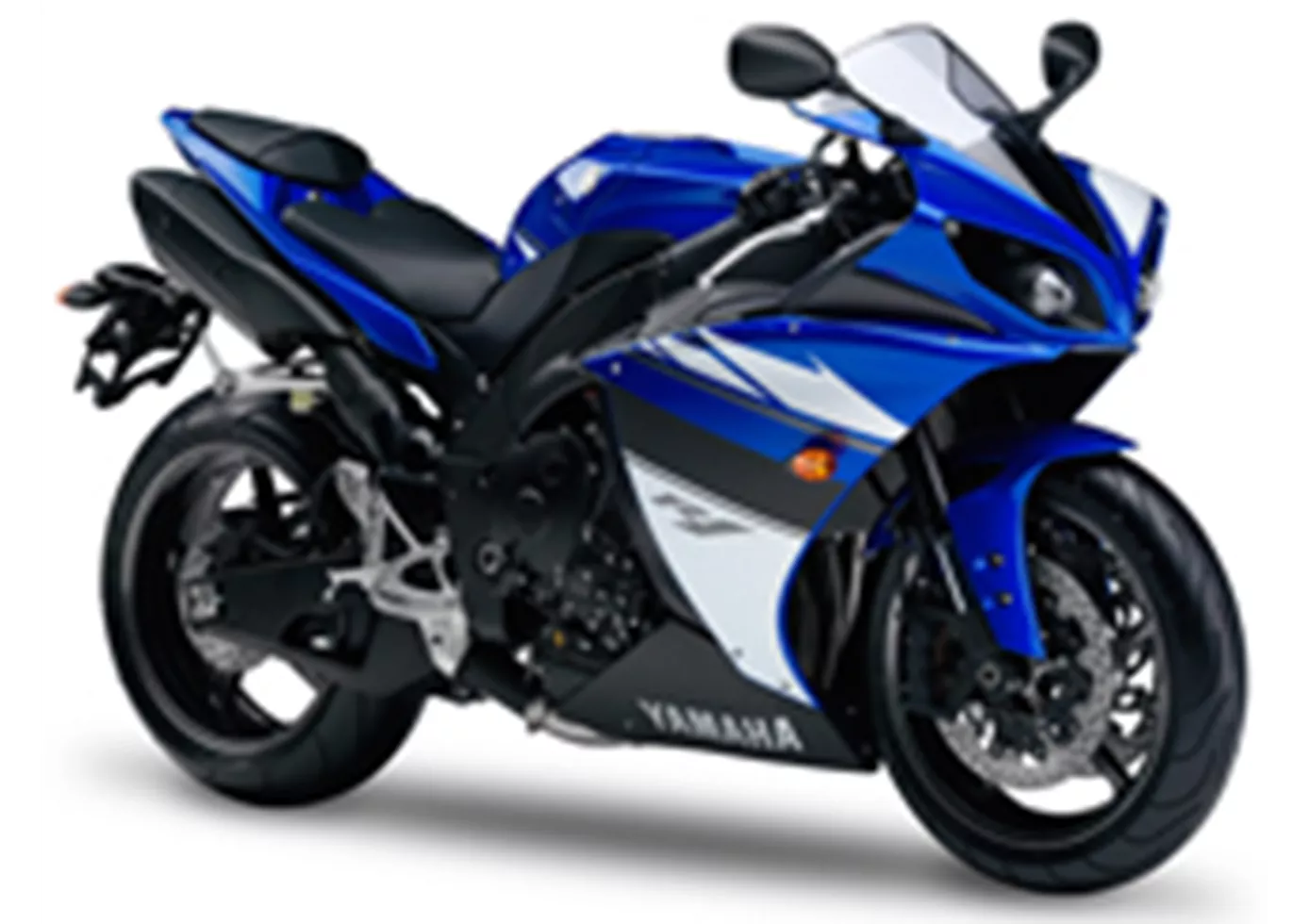
Of course, the new R1 engine also passed all the tough Yamaha stress tests and comes with the same guarantees as other Yamaha motorbikes. Because until now, it was precisely the issues of durability and reliability that prevented series production of such an engine.
Kawasaki Ninja H2 R 2015

The Kawasaki crew had a vision. To build a motorbike that creates excitement and pushes into completely new dimensions in terms of performance and technology. This vision has succeeded. The 326 hp machine can be piloted by experienced riders without acute danger to their lives. The intensity of the acceleration is indescribable. But the perfect overall appearance of the motorbike with countless high-quality details is also thrilling. Compared to normal motorbikes, the H2 R has its weaknesses in throttle response and line precision at high speeds. All in all, the H2 R is the most fascinating motorbike of all time for the test pilot and can be recommended to petrol junkies with a clear conscience. The H2 R is available for the price of a well-equipped German-made premium estate - only with "a little" more adrenaline.
Price Comparison Avarage Market Price Yamaha R1 vs Kawasaki Ninja H2 R
There are a few key differences between a Yamaha R1 2009 and a Kawasaki Ninja H2 R 2015. It takes less time to sell a Yamaha R1 with 45 days compared to 2,298 days for a Kawasaki Ninja H2 R. Since model year 2005 1000PS.de editors have written 80 reviews for the Yamaha R1 and 13 reviews for the Kawasaki Ninja H2 R since model year 2015. The first review for the Yamaha R1 was published on 4/28/2003 and now has more than 3,900 views. This compares to more than 413,000 views for the first review on Kawasaki Ninja H2 R published on 11/4/2014.
